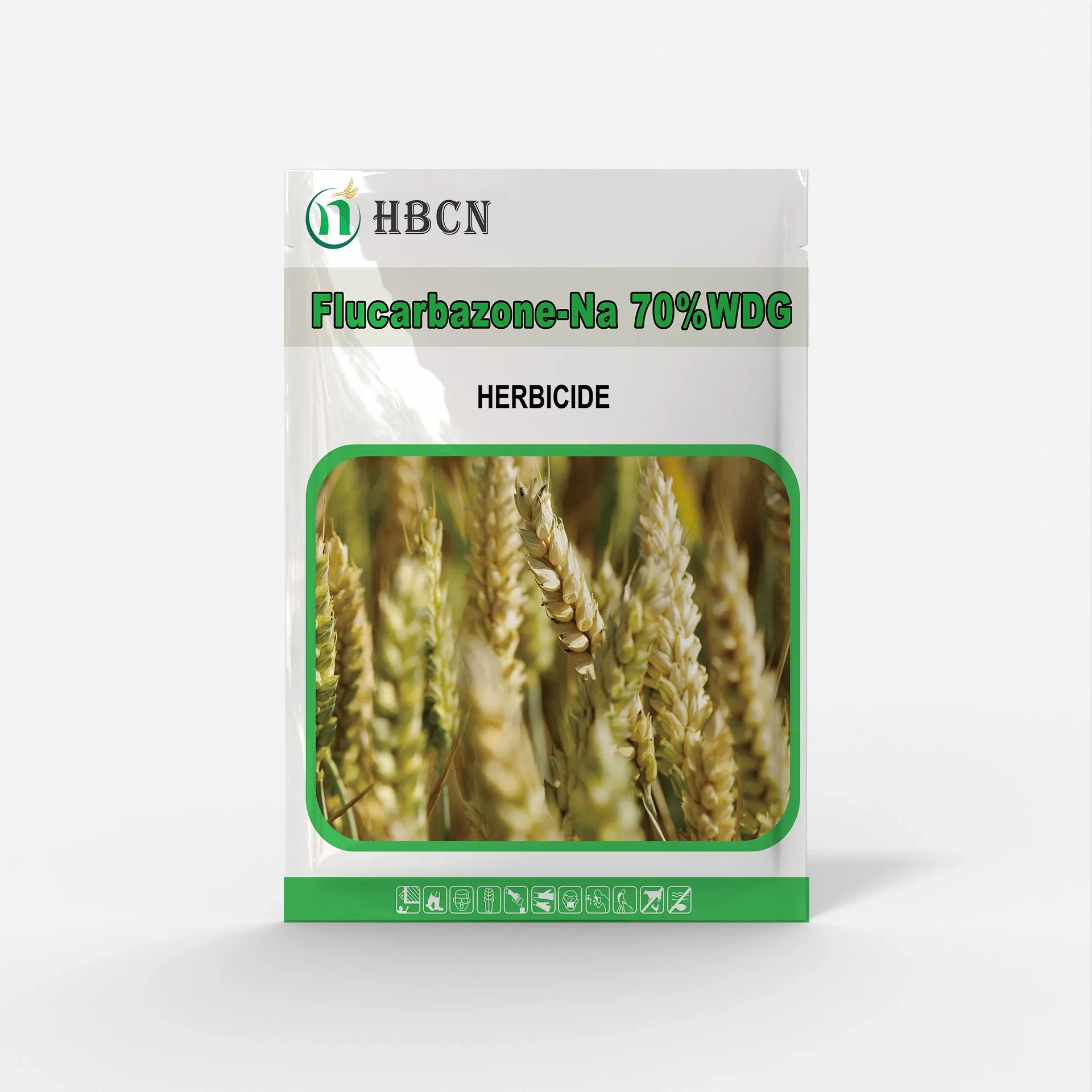
Gen . 03, 2025 09:42 Torna alla lista
Choosing the Right Herbicide Supplier
Herbicides play a crucial role in modern agriculture, gardening, and landscaping by effectively controlling unwanted weeds and invasive plants. However, choosing the right herbicide supplier is essential to ensure you get high-quality products tailored to your needs. Additionally, understanding the different types of herbicides and their uses can help you make informed decisions for successful weed management.

Why Choosing the Right Herbicide Supplier Matters
A reliable herbicide supplier offers several advantages that contribute to efficient and effective weed control:
Quality Assurance
Trusted suppliers provide herbicides manufactured under stringent quality standards, ensuring optimal performance and safety for crops and the environment.
Product Variety
Established suppliers stock a wide range of herbicides, allowing you to choose products tailored to specific weeds, crop types, and application methods.
Expert Guidance
Reputable suppliers often have knowledgeable staff who can offer expert advice on the correct herbicide choice, dosage, and application techniques.
Compliance with Regulations
Herbicide suppliers who adhere to regulatory standards ensure the products are safe for use and environmentally friendly.
When selecting a supplier, look for those with a solid reputation, positive customer reviews, and a strong distribution network. Suppliers offering detailed product information, transparent pricing, and after-sales support are also preferable.
Types of Herbicides
Herbicides can be classified based on their mode of action, target weed type, or application timing. Below are the primary categories:
Selective Herbicides
- Purpose: Target specific types of weeds while leaving desirable plants unharmed.
- Uses: Commonly used in agricultural fields, lawns, and gardens to control broadleaf weeds or grasses.
- Example: 2,4-D, which is effective against broadleaf weeds.
Non-Selective Herbicides
- Purpose: Kill all plant types they come into contact with.
- Uses: Ideal for clearing areas such as driveways, sidewalks, and industrial zones.
- Example: Glyphosate, a widely used non-selective herbicide.
Pre-Emergent Herbicides
- Purpose: Prevent weed seeds from germinating.
- Uses: Applied to soil before weed seeds sprout, commonly used in crop fields or landscaped areas.
- Example: Pendimethalin.
Post-Emergent Herbicides
- Purpose: Target and kill weeds that have already grown.
- Uses: Used during the active growth stage of weeds for immediate control.
- Example: Paraquat.
Systemic Herbicides
- Purpose: Absorbed by plants and transported throughout their tissues to kill from within.
- Uses: Effective against perennial weeds with extensive root systems.
- Example: Dicamba.
Contact Herbicides
- Purpose: Kill only the parts of the plant they come into direct contact with.
- Uses: Best for annual weeds and quick results.
- Example: Diquat.
Organic Herbicides
- Purpose: Made from natural ingredients, suitable for organic farming.
- Uses: Used by environmentally conscious growers and in certified organic agriculture.
- Example: Vinegar-based herbicides.
Herbicide Uses
The application of herbicides depends on the specific requirements of the land, crop, or vegetation being managed. Below are some common uses:
Agriculture
Herbicides are essential in agriculture for controlling weeds that compete with crops for nutrients, sunlight, and water. Pre-emergent and selective herbicides are popular in this sector to protect crop yields without harming the plants.
Gardening and Landscaping
Gardeners and landscapers use herbicides to maintain aesthetically pleasing and weed-free spaces. Non-selective herbicides are often employed for pathways and decorative rock gardens, while selective types keep lawns and flower beds intact.
Forestry
Herbicides help manage invasive species and promote the growth of desirable trees by reducing competition.
Industrial and Commercial Areas
Large-scale operations use herbicides to maintain clear and safe work environments in industrial sites, railways, and utility areas.
Environmental Conservation
Herbicides assist in controlling invasive plant species, promoting the restoration of native ecosystems.
Tips for Effective Herbicide Use
Identify the Weed Type
Correctly identify the target weeds to select the most effective herbicide. This reduces waste and ensures efficient control.
Follow the Label Instructions
Herbicides are designed for specific conditions and application methods. Always read and follow the manufacturer’s guidelines.
Apply at the Right Time
Timing is crucial for success. Pre-emergent herbicides must be applied before weed seeds germinate, while post-emergent ones work best on actively growing weeds.
Use the Correct Dosage
Overusing herbicides can harm desirable plants and the environment. Underusing may result in ineffective control.
Adopt Integrated Weed Management
Combine herbicides with cultural, mechanical, and biological weed control methods for a sustainable approach.
Herbicides are indispensable tools for effective weed management across various industries, from agriculture to landscaping. By understanding the herbicides types and herbicide uses, you can achieve optimal results while minimizing environmental impact. Partnering with a reliable herbicide supplier ensures you receive high-quality products and expert guidance tailored to your needs. Whether you're managing large-scale agricultural operations or maintaining a backyard garden, choosing the right herbicide and supplier can make all the difference in achieving a weed-free environment.
-
Trusted Herbicide Suppliers For Large-Scale Crop Protection
NotiziaAug.20,2025
-
Overview Of Types Of Herbicides For Large-Scale Crop Protection
NotiziaAug.20,2025
-
Bentazone Herbicide Application in Field Crops
NotiziaAug.20,2025
-
Effective Fungicide Solutions For Large Scale Crops And Vegetables
NotiziaAug.20,2025
-
Effective Crop Protection With Insecticide Concentrate
NotiziaAug.20,2025
-
Thiamethoxam Half-Life in Soil and Water
NotiziaAug.04,2025
